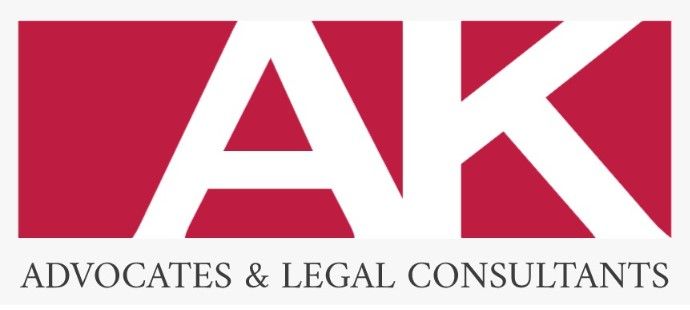Guidelines for the use of surveillance cameras in the workplace
In the current labor market, workers are a significant part of the day's work, so the effect of regular follow-up by the employer is heightened by the employees' sense of privacy. A video camera installed in the workplace is able to document in a comprehensive and continuous manner the overall conduct of the employee during the working day, and not just his professional activity. The collected photographs may include extensive and particularly sensitive information, and severely impair the privacy of the employees, without having the ability to significantly influence the location of the cameras or the manner in which they are operated.
In light of the above, we would like to inform you that the Privacy Protection Authority (formerly the Israel Law, Information and Technology Authority) published a binding directive on the use of cameras in the workplace on October 17, 2017. This directive clarifies the normative framework according to which the ISA interprets the Protection of Privacy Law The obligations of employers in the use of surveillance cameras in all places of work in the economy (hereinafter: "the Directive").
Alongside the directive, the Authority for the Protection of Privacy publishes a list of guidelines for anyone interested in ensuring that legal and legitimate cameras are used in the workplace and in the workplace:
1. Each employer is subject to the following obligations:
- Probability
- Proportionality
- good intentions
- Fairness
This is true even when the installation of cameras is committed by virtue of the enactment of legislation or the demand of a competent authority.
2. Installation of cameras can only be done for a legitimate purpose, which is essential for realizing the employer's interest and is consistent with his business purpose or is required to fulfill a legal obligation.
3. The use of photographs for a purpose other than the one originally defined, as a rule, is invalid, even when the other purpose is legitimate; Therefore, recordings from a camera that was installed, for example, for entry control, as a rule, cannot be used by the employer for disciplinary purposes such as recording the length of the employee's breaks.
4. Before Installing Camera:
- You must formulate a clear and detailed policy regarding the manner and extent of use of cameras and their goals.
- You must present the policy to the employees, return to knowledge about its operation, and examine the need for an update from time to time.
5. In general, it is prohibited to install concealed cameras or photograph a worker without his knowledge, and the employees should not be given "an agreement in principle" to make secret photographs in their offices.
6. Examples of the degree of privacy viewing in the various areas of the workplace:
- Toiletries or changing rooms - Photography in these areas constitutes a serious injury that is difficult to imagine an organizational interest that justifies it.
- a personal office or work station - the installation of a surveillance camera in the employee's office or work station where regular office activity is carried out is justified only for the purpose of achieving a purpose of real public importance or the benefit from it to the employer will significantly exceed the serious harm to the privacy of the employee and in any event with the knowledge and consent of the employee The employee.
- Shared offices or changing workplaces - also give the employee increased expectation of privacy.
- Rest areas (kitchenette or dining room) - as well as in any other area that is not the scene of the work and is not open to the clientele, the employee's expectation of privacy is high and the right to photograph is only for the most essential purpose, and in a limited format.
- corridors, entrance entrances and public areas - the use of cameras for legitimate purposes is more reasonable, provided that it is carried out with proportionality and with proper knowledge of the workers.
Camera Location:
The specific location in which the camera is installed is of crucial importance, as well as the other criteria detailed in detail, in the general part of the directive, inter alia, regarding coverage area, number of cameras, time of photographing, resolution of the image and duration of saving the photographs.


